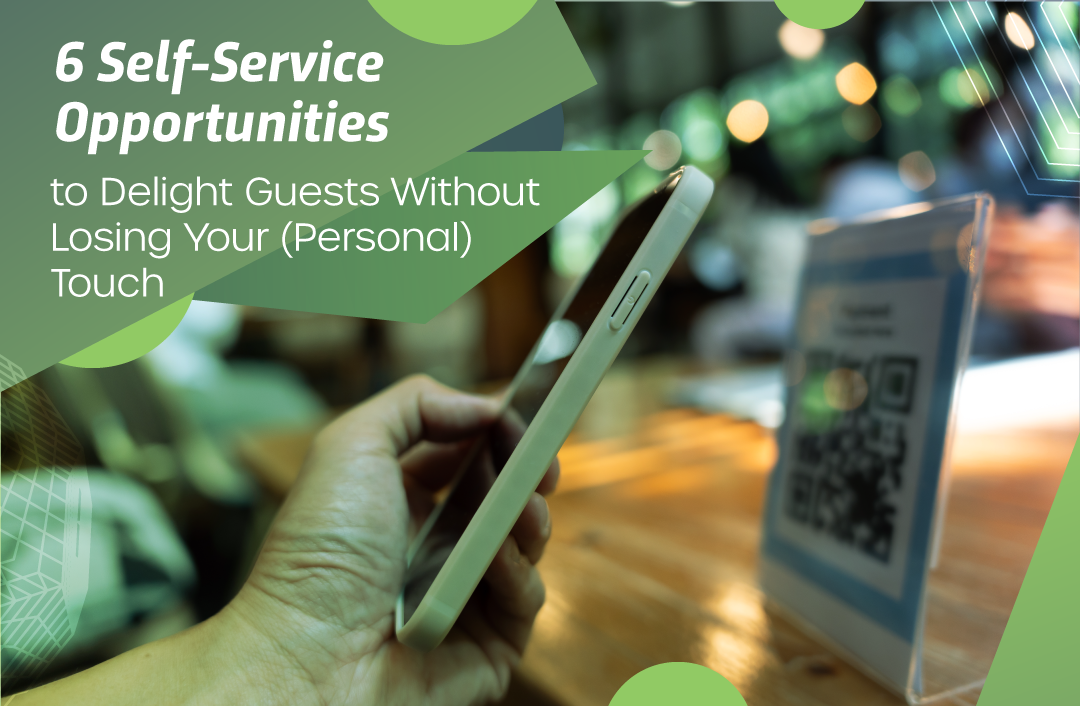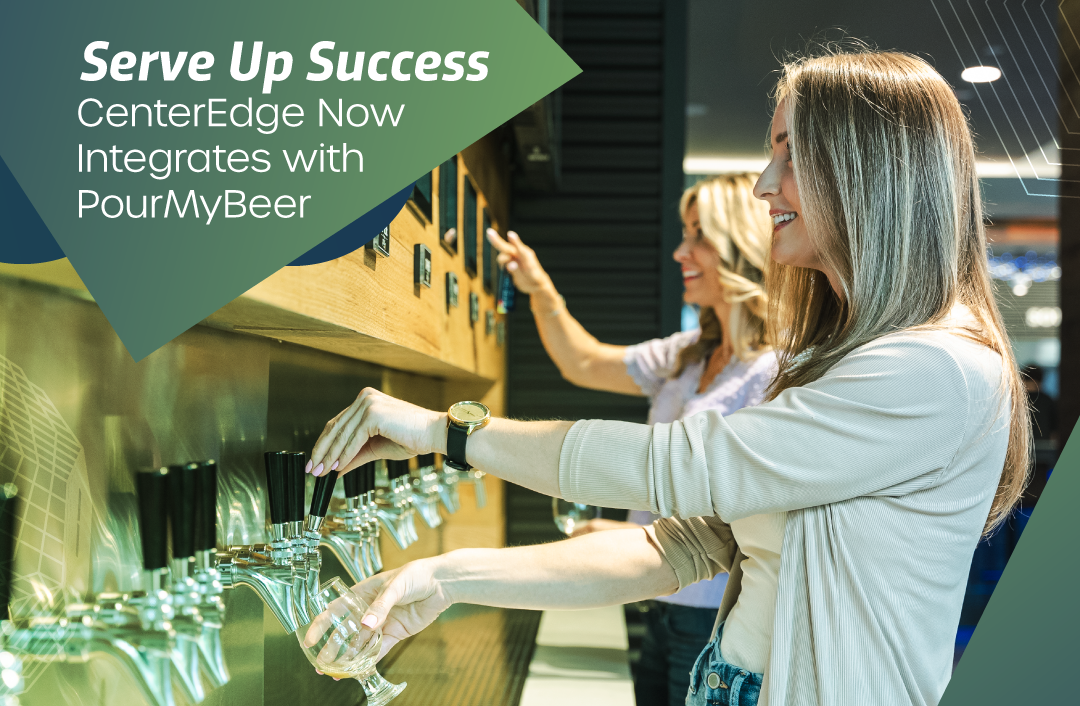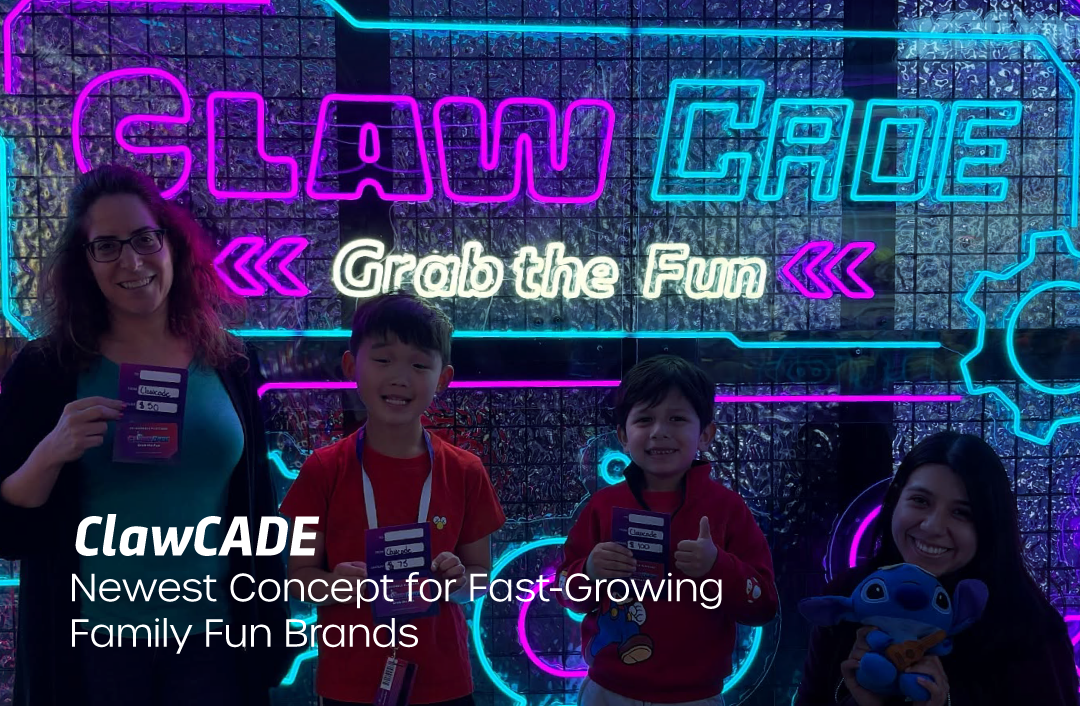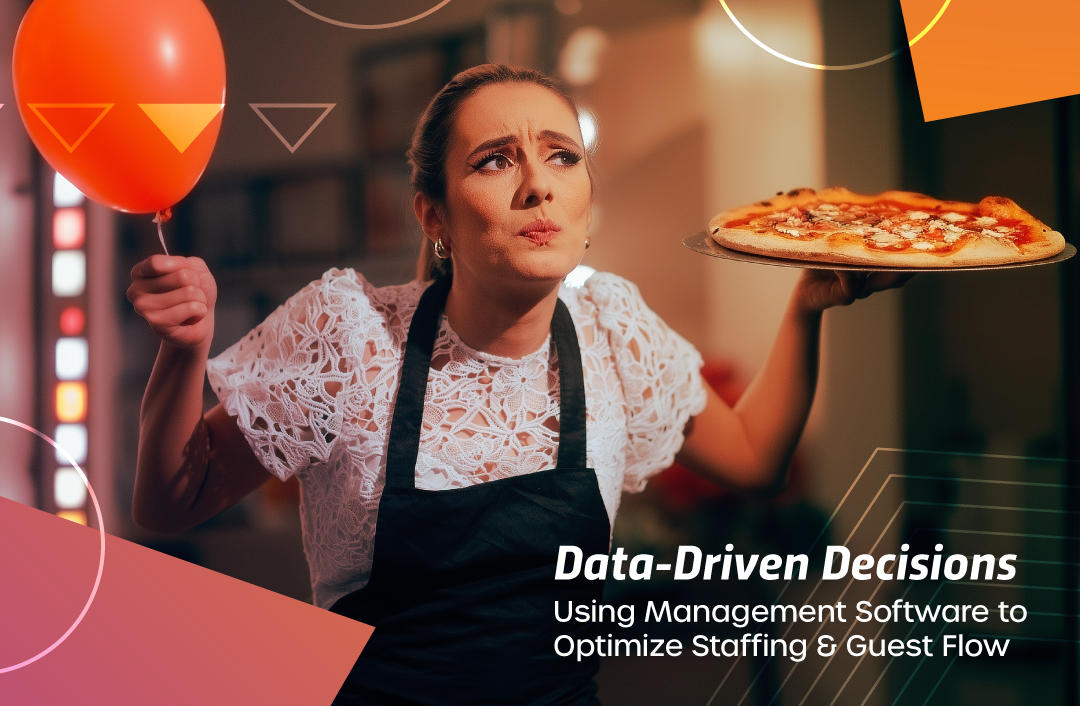Create custom event emails to deliver key information clearly and consistently.
Party and event coordinators often spend too much time repeatedly answering the same questions from parents and group contacts.
And worse, sometimes guests don’t ask questions and therefore make assumptions about their upcoming event. Those assumptions can lead to confusion and frustration for guests and your team.
The value of consistent and effective communication can’t be underestimated. To help you develop the right communication flow, we’re sharing five tips to help you leverage the power of automatic event communications.
No. 1: Create unique event email templates.
Did you know that your CenterEdge Groups Application allows you to create unique event templates for any and all event types?
Consider what messages your guests need, such as a party confirmation, invoices, frequently asked questions guides, final count due, and so on. Then craft appropriate email templates right inside your software, to help you ensure the right information goes out at the right time. Insert custom fields that will pull in unique party information or attachments as desired.
No. 2: Decide what messages can be automated.
When working with an upcoming party client, it’s likely that you’ll want to send some messages manually after chatting with a client. But remember to automate where you can so your staff can focus on the most important tasks that must be performed manually. You can configure certain messages to go out relative to an event date, with messages such as:
- a party confirmation with an invoice and links to event invitations and waivers when staff confirm bookings
- a follow-up reminder with links to event invitations and waivers two weeks prior to the event
- an invitation to call their party coordinator to add on extras like adult food and goody bags 10 days prior
- a party booker’s FAQ Guide 7 days prior
- a final count due email with the current invoice and any last-minute instructions 3 days prior
- a thank you email after the party with a link to write a review, give a referral, or send feedback 3 days after an event
No. 3: Craft readable messages.
When crafting messages, think white space – as in, how do I get more of it?
Unfortunately, no one is going to read your email if there’s an overwhelming amount of text. Jim Mainardi of Laser One recently shared how much more successful his sales emails are when he creates a line of space after each sentence and keeps text to a minimum overall. The same is likely true in your party confirmation and follow-up emails.
Consider keeping to no more than two sentences to a paragraph and don’t be afraid to play with bolding, color, bullets, or headings to make your messages more readable. But whatever you do….don’t use an overly “fun” font. Keep scripts, handwriting, and other fun fonts (I’m looking at you, Comic Sans) out of your templates. Opt for easy-to-read fonts like Arial and Calibri in these types of messages.
No. 4: Use compelling subject lines.
The best email falls flat if no one opens it. Give your email the best chance of being opened! Consider subject lines that get noticed.
IResearch suggests that people’s favorite word is their own name, but I would argue that a parent’s favorite name is that of their child. Anecdotally I can tell you that I open every single email I receive that mentions my dog by name. Consider:
- Tips for Chloe’s party…
- Celebrating Chloe’s birthday
- 3 quick questions for Chloe’s upcoming party
- CenterEdge Family Fun Center Party FAQs
- Have you thought of goody bags for Chloe’s party?
- Here’s a referral bonus for you…
No. 5: Include a call to action.
Every message you send should ask your reader to take some type of action. Perhaps it’s to click on a link to make electronic event invitations so guests can complete online waivers. Or maybe you ask them to call you to discuss adding on adult axe-throwing lanes or party platters. Or perhaps it’s simply an invitation to find your facility’s check-in details and important information in the attachment. Bottom line, make sure you’re clear about what you want your reader to do.
These tips can help you eliminate guest confusion, increase revenue, and ensure a consistent communication approach – all while saving your staff precious time. For help creating your own templates, contact our CenterEdge training department at training@centeredgesoftware.com.
How are you delighting guests? Share with us in the comments.
Search Resources
Subscribe to Email Updates
Featured Resources
Blogs //
6 Self-Service Opportunities to Delight Your Guests Without Losing Your (Personal) Touch

News //
CenterEdge Now Integrates with PourMyBeer to Help FECs Serve Up Success

News //
ClawCADE is Newest Concept for Fast-Growing Family Fun Brands

Blogs //
Data-Driven Decisions: Using Management Software to Optimize Staffing & Guest Flow

Posts by Topic
- Advantage Payments (7)
- Brand Management (19)
- Business Growth (81)
- Capacity Management (2)
- CenterEdge News (28)
- Client Interviews (8)
- Credit Card Processing (3)
- Data & Reporting (12)
- Digital Signage (1)
- Event Management (20)
- Facility Management (10)
- Food & Beverage (8)
- Guest Experience (34)
- Guest Management (20)
- Holiday Season & Promotions (5)
- Industry Events (10)
- Inventory Management (1)
- Loyalty Programs (8)
- Marketing Tips (24)
- Operations (1)
- Point of Sale (10)
- Product Launch (11)
- Productivity (5)
- Profitability (35)
- Redemption Management (1)
- Sales (35)
- Season Passes (1)
- Team Training (60)
- Waivers (2)

Leave a Comment